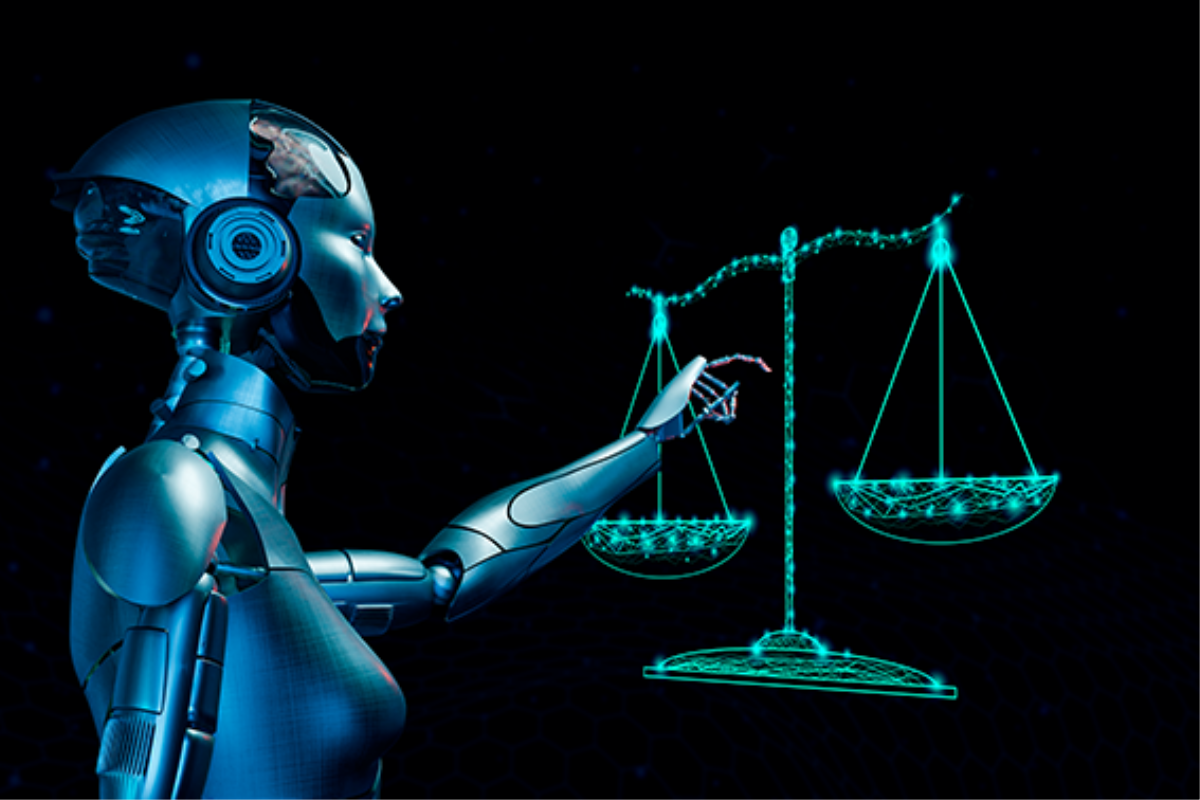



The effort to adapt the law to the new world order continues at full speed. As the global artificial intelligence (AI) market is expected to reach 1.5 trillion dollars by 2030, the European Union Artificial Intelligence Act ("AI ACT") was approved in the European Parliament on March 13, 2024, with 523 votes in favour and 46 against, following prolonged studies, debates, and opposing views on artificial intelligence.
What does the AI ACT cover, and when will it come into effect, being a first in the realm of artificial intelligence and thus a global focal point?
Expected to be ratified by the Council of the European Union as well, the AI ACT is set to come into force 20 days after its publication in the Official Journal of the European Union, encompassing a phased adaptation process. It is feasible to state that by 2026, two years after its enactment, the AI ACT will be applicable across the European Union. Indeed, while many provisions of the regulation will find application within 24 months following its effective date, certain obligations must be fulfilled within the first six months.
The primary objective of the AI ACT can be summarised as protecting fundamental rights and freedoms and the supremacy of law against AI applications. In this context, the AI ACT categorises AI applications based on risk assessment into four levels: unacceptable risk, high risk, limited risk with specific transparency obligations, and minimal risk.
AI applications targeting human fundamental rights and freedoms will be assessed as “unacceptable risk”. For example, citizen tracking systems that reward or punish individuals based on their behaviour or AI systems attempting to manipulate human behaviours will fall under this category and will be prohibited.
The AI ACT will apply to providers of AI systems launched or provided in the European Union (EU), irrespective of their establishment within the EU, to users of AI systems within the EU, and to providers and users regarding the outputs of AI systems located outside the EU when used within the EU.
Some of the key innovations introduced under the AI ACT are as follows:
With the implementation of the AI ACT, each member state of the EU will establish a national market surveillance authority. This will enable citizens to submit complaints if they believe that the regulations have been violated and will facilitate the monitoring of compliance with the AI ACT. Another crucial point to note is that, in the event of a violation of the AI ACT, companies may be subjected to fines up to 7% of their global revenue or 35 million euros.
Conclusion
These significant steps not only represent the first concrete outcome of current efforts in the field of artificial intelligence in terms of legal norms but also indicate potential new regulations in this area. Indeed, Italian MEP Brando Benifei, who was involved in the legislative work at the European Parliament, has stated in his announcement that further regulations related to artificial intelligence are expected.